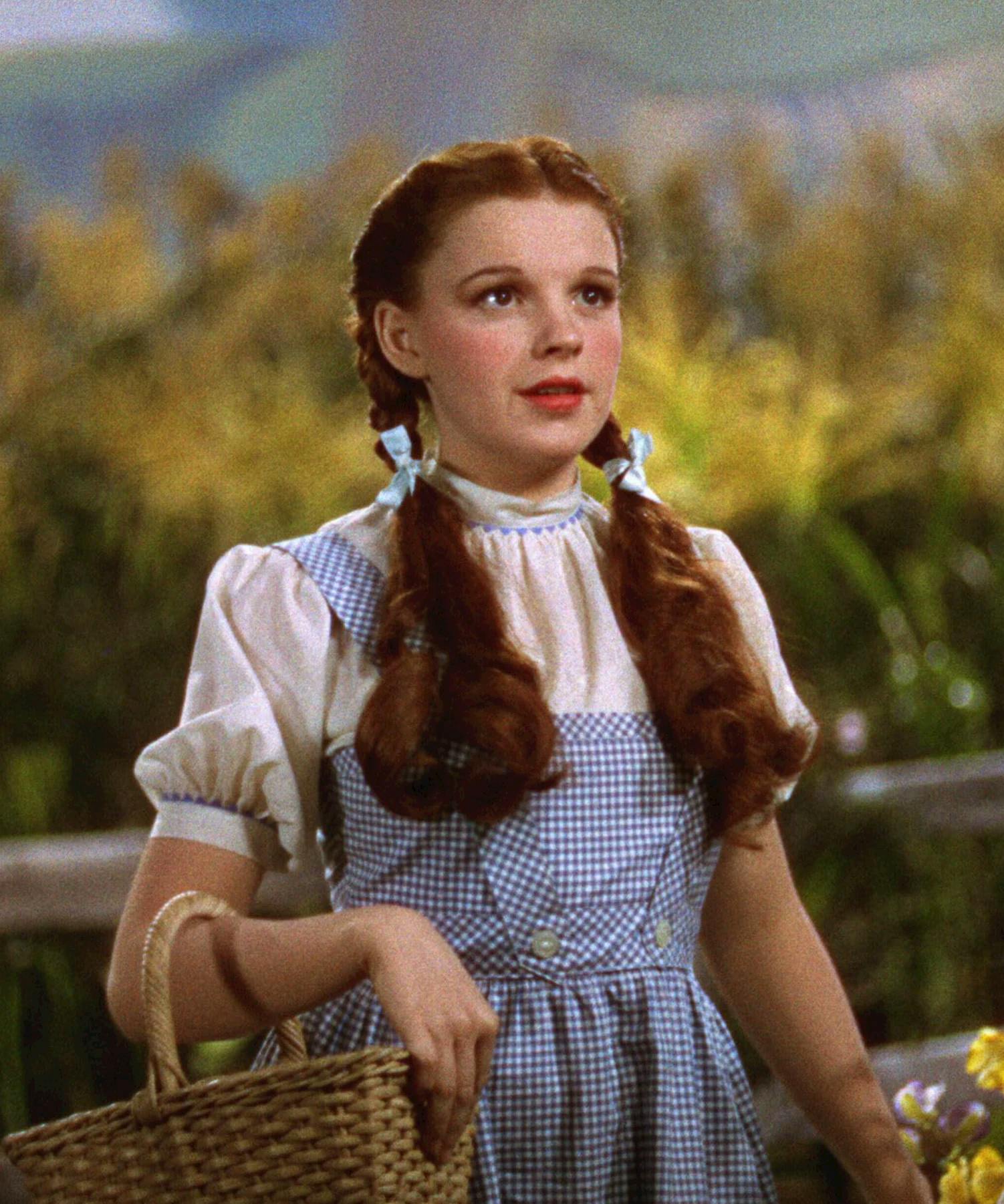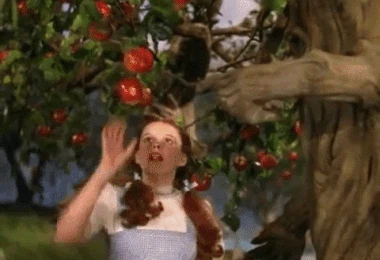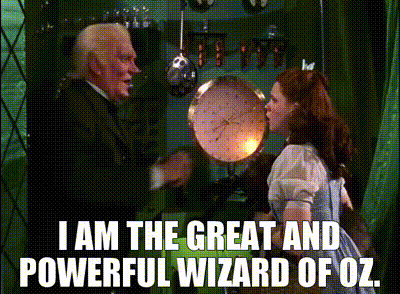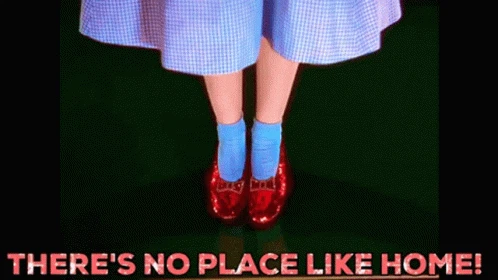Understanding The Heroine’s Journey Can Help You Unlock Your Feminine Power
What do Buffy Summers, Dorothy Gale, and Katniss Everdeen all have in common? All of them are females who undergo a traditionally male experience: the hero’s quest. But every heroine deserves her own distinct journey, and the hero’s quest as we know it doesn’t fully reflect what it means to be an embodiment, fictional or otherwise, of the feminine.

A quest of epic proportions (like Beowulf or Gilgamesh or King Arthur’s knights) is often a male adventure, and psychotherapist Maureen Murdock recognized this. Murdock was a devotee of Joseph Campbell, a writer who intently focused on the concept of the hero’s quest throughout history and literature, but Murdock identified the need for a female perspective.
Murdock saw that the archetype of the hero’s journey is about going forward to conquer something, while a heroine’s journey is more demonstrative of profound, inward soul-searching through emotions, psychology, and spirituality. Thus, her 1990 self-help guide The Heroine’s Journey: Woman’s Quest for Wholeness was born, and through it, Murdock hoped to inspire women to undergo their own expedition into self-awareness and fulfillment. Here’s what the heroine’s journey looks like.
Departure of the Feminine to the Masculine
When we meet our heroines, they’re already goddesses – they’re at the top of their game, satisfied, and thriving. We never see the journey that led them to that moment, and that, in essence, is what the heroine’s development is about. They say the journey of a thousand miles begins with a single step, and the first step is the departure of the feminine. In both the novel and film adaptation of The Wizard of Oz, this is portrayed when our heroine Dorothy suddenly departs Kansas – leaving her home and loved ones behind – and must set out on an adventure full of obstacles to reach the Emerald City.

Whether it’s her family, her values, her predestined path, or her immaturity, our heroine must leave a place, physical or otherwise, to move forward. She leaves behind her loved ones but also her false sense of the world, her naivete, and her adolescent outlook on the world. In many ways, this first step is like a teenager leaving their parents’ home for the first time. In leaving her femininity, our heroine moves over to masculinity. She decides, for whatever reason, to alienate, reject, or despise the feminine, and in doing so, embraces the hard rigidity and even the aggressive hostility of the masculine.
Road of Trials
In leaving her home or her parental figures, our heroine begins her road of trials. These trials could be pitfalls or obstacles that are glaringly obvious or less so. They might present as allies or as some form of assistance on her journey, but in reality, they’re meant as setbacks to our heroine. This could be a man pursuing her or even an avowed friend with bad intentions. In young adulthood, these individuals and experiences are the ones we remember and the ones that form our perception of what it means to love or be loved. These are the proverbial towers and dragons our heroine faces, and how she conquers them determines not only her true character, but how successful she is in achieving her goal. Here is where Dorothy’s obstacles really come into focus – the field of poppies, a ring of flying monkeys, and illusions of her family begging her to come home.

Illusory Boon of Success
Following prominently after the trials and obstacles is a sudden or unexpected success. But this success is an illusion because our heroine hasn’t yet reached her conclusion. This boon might be designed to mislead her into letting her guard down, or in testing her motivation and intellect. In the romantic comedy trope, this success might be getting the man or the high-status job our heroine has been seeking, thinking this attainment might make her happy. In reality, it’s other people’s definitions of success (career, high status, wealth, etc.) that have determined this “success” for our heroine. It isn’t what she truly wants, though from every appearance, she should be fulfilled.
Murdock writes, “She has achieved everything she set out to do, but it has come at great sacrifice to her soul. Her relationship with her inner world is estranged. She feels oppressed but doesn’t understand the source of her victimization.”
Her perceived success hasn’t satisfied her because she hasn’t discovered her true mettle yet. For Dorothy Gale, this may be when she reaches the Emerald City and is granted an audience with the Wizard she’s traveled to meet – but who will only help her if she grants his favor.

Descent
The false success, which our heroine discovers wasn’t her true reward after all, is succeeded by a descent into madness, grief, anguish, anger, or a period characterized by demoralization or discouragement. This could be a breakup, the death of someone close to her, or professional rejection or invalidation of her ego. She may believe that she has failed in her objective and that her prize or destination is no longer within her grasp. In reality, she’s closer than ever to reaching the culmination of all her concerted efforts. For Dorothy, this descent ranges the length of the long and winding yellow brick road, which guides her to her destination but no closer to her homeland.

Yearning To Reconnect with the Feminine
In a hero’s quest, his journey ends with the attainment of all his desires. Joseph Campbell, Maureen Murdock’s mentor, believed that the exploration of a heroine’s journey was unnecessary because, according to him, “Women don’t need to make the journey. They are the place that everyone is trying to get to.” For the hero, the heroine might be his ultimate prize – but what is every heroine’s prize? In reality, the two can coexist simultaneously.
Having tried to utilize masculine qualities to her advantage and failed, the heroine will inevitably have to reconnect with her innate feminine strength. She will return “home” in some way or reconnect with the maternal figures or friends in her life and pursue her true desires, all with the seasoned perspective that her journey has provided her. She might discover a desire to marry and settle down with a family. She may discover that the people she was raised with aren’t as provincial or uneducated as she once thought. She may yearn for the quiet stillness of her childhood as opposed to the cutthroat, fast-paced attitude of her adulthood. In rejecting her home for its backward, obsolete qualities, believing it has nothing to offer her, the heroine will in fact discover that her upbringing and initial outlook – however outdated it initially seemed to her – provided her with the very instruments she needed to be triumphant in her expedition. At the conclusion of The Wizard of Oz, Glinda the Good Witch reveals to our heroine that she had the power within herself to return home all along.
Healing the Wounded Masculine
In looking inward to reconnect with her feminine self, our heroine will see both advantages and disadvantages to employing aspects of the masculine for her journey. Murdock explains, “The heroine takes back her negative projections on the men in her life. This involves identifying the parts of herself that have ignored her health and feelings, refused to accept her limits, told her to tough it out, and never let her rest. It also involves becoming aware of the positive aspects of her masculine nature that support her desire to bring her images into fruition, help her to speak her truth, and own her authority.”
The Final Union
The heroine’s journey concludes when she makes peace with her past, her actions and decisions, and the hardships of her journey. She integrates both her feminine and aspects of the masculine comfortably and effortlessly into her identity, and faces the world with a new, fresh perspective and an attitude of maturity and gratitude. In Murdock’s words, the journey concludes when the heroine becomes a “spiritual warrior,” who learns the “delicate balance” of incorporating the feminine strength she once rejected into her final form. For Dorothy, this culminates in the immortal words, “There’s no place like home.”

Closing Thoughts
The heroine’s journey might be the stuff of movies and epic poems, but its lessons are applicable to parts of our own life, especially if we feel as though we’re treading water or facing an uncertain future with no direction. The crux of the heroine’s journey is rediscovering an appreciation for the aspects of our innate selves that we’ve rejected, namely, femininity. The journey of the heroine isn’t just one of self-awareness, but of genuine self-love. Though we prioritize and are often consumed by the hero’s quest, the journey of the heroine is no less important to the formation of the female identity.
Support our cause and help women reclaim their femininity by subscribing today.